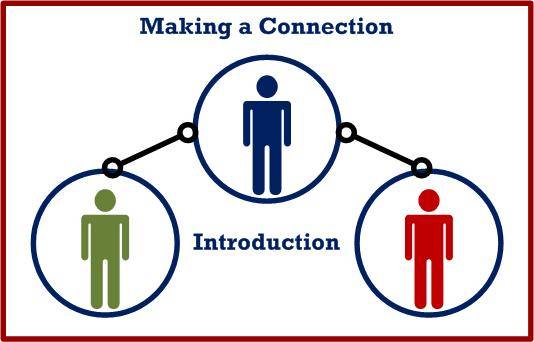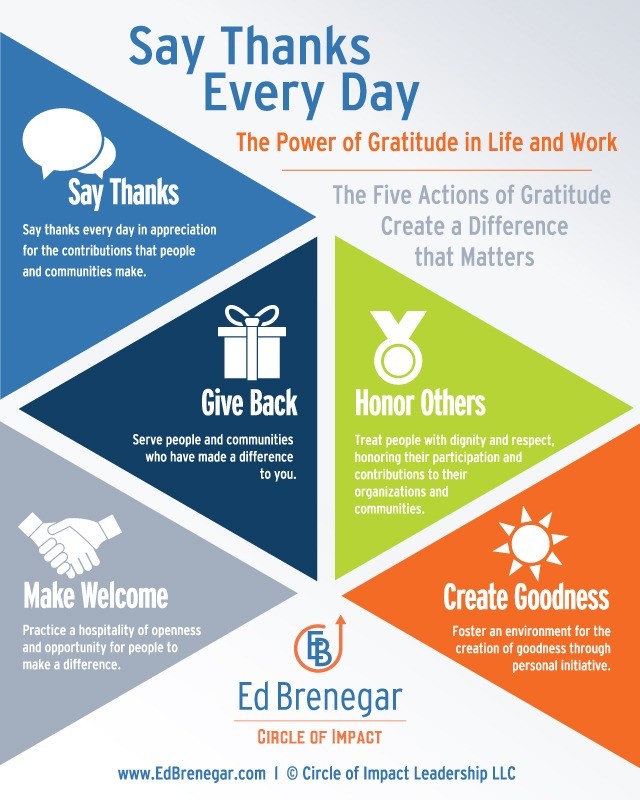I was involved in a fundraising project with the PCUSA in North Carolina for our college and university campus ministries. It was more than a fundraising project; it was an engagement project. To support our work with students, faculty, and administrators, we engaged all the congregations in the North Carolina Presbyterian world at all levels and segments. As we worked through the various strategies needed to successfully meet our financial goals, we were at the same time effecting change in people’s perceptions and actions.
Our engagement strategy was built around actions we were asking people and congregations to take. In this sense, engagement wasn’t just a marketing strategy, but a call to action. There’s an emphasis on action here because engagement is an ambiguous term. It might mean mental engagement, which does not necessarily produce results. Actions build confidence, and confidence builds strength. So the goal of any engagement strategy should be more people participating, acting, doing, and taking personal initiative in three key areas:
- Connection
- Communication
- Contribution
When a campaign succeeds in increasing the level of connection, communication, and contribution of the people it is trying to reach, success is guaranteed. The simple idea that lies behind connecting, communicating, and contributing is the importance of personal initiative. If you want people to be engaged, they have to take initiative. When their initiative is focused on making connections with people, communicating their mission, and intentionally and strategically contributing by making a difference that matters, engagement ceases to be a cool, abstract business idea and becomes a living reality. Let’s take a look at each of these three key areas:
Connection
 There are three aspects of connection. The first is that, through our connections, we open ourselves up to a broader, more diverse context. The perspective we gain helps us better understand who we are and how we fit within our social and organizational settings. The second is that making connections strengthens community. When I introduce one person to another, the opportunities that grow from that connection far outweigh the opportunities we have without the connection. The third is that when we connect, we are placing ourselves in a mutually beneficial and supportive relationship with others.
There are three aspects of connection. The first is that, through our connections, we open ourselves up to a broader, more diverse context. The perspective we gain helps us better understand who we are and how we fit within our social and organizational settings. The second is that making connections strengthens community. When I introduce one person to another, the opportunities that grow from that connection far outweigh the opportunities we have without the connection. The third is that when we connect, we are placing ourselves in a mutually beneficial and supportive relationship with others.
Communication
 With the growth of social media, virtually everyone is a communicator. The most common fallacy regarding communication is that it’s about what we communicate to others. That is the old model of information distribution. The kind of communication that matters—that engages people to participate and contribute—is one that is more conversational. It is a two-way exchange, rather than simply a one-way download of one’s opinion into another person. The real purpose of communication is to establish a connection that builds an environment of respect, trust, commitment, and contribution. This produces real conversations that matter. This is how communication becomes genuine engagement.
With the growth of social media, virtually everyone is a communicator. The most common fallacy regarding communication is that it’s about what we communicate to others. That is the old model of information distribution. The kind of communication that matters—that engages people to participate and contribute—is one that is more conversational. It is a two-way exchange, rather than simply a one-way download of one’s opinion into another person. The real purpose of communication is to establish a connection that builds an environment of respect, trust, commitment, and contribution. This produces real conversations that matter. This is how communication becomes genuine engagement.
Contribution
I have seen so many organizations during my professional career that languished because there was no spirit of contribution. I am referring to people who were part of an organization but did not see themselves as the co-owners of its mission. They were employees hired to do a job. A culture of contribution is built upon a foundation of appreciation and thanks. Typically, people see thanks as a response to a gift of some kind. As a response, it is less an act of initiative. The following actions of gratitude, however, are acts of personal initiative that inspire contribution. They provide meaning and reality to the connections we’ve made.
- Say Thanks: Too often, saying thanks is a way to close a conversation. That is not the kind of gratitude I’m talking about. Instead, we are expressing a perspective that identifies how the connection to a person, group, or community has made a difference to them. Our giving of thanks contributes to the strengthening of the ties that bind a social or organizational setting together. As the saying goes, “Saying thanks is the lubrication that greases the wheels of society.”
- Give Back: When we give back in service, we are contributing to a person, an organization, or a community that has given to us. This is the heart of what we know as volunteerism and philanthropy. For many people, this is where our most significant contributions are made.
- Make Welcome: This act of hospitality creates an environment of openness, inviting people to join as participants who give, create, and contribute their gifts and talent. Openness and hospitality are not automatic actions; they are intentional actions of initiative that create the opportunity for an organization to develop a culture of open contribution. Where there is openness to contribute, there is engagement.
- Honor Others: When we practice honor, we elevate the human connection that exists in an organization or a community. I cannot think of a more important contribution than to create an environment in which each person is honored with respect and thanks for the contributions they make. Do this, and the motivation to contribute will continue to grow.
- Create Goodness: If we were to live to create goodness, we’d spend more of our days as contributors and less as passive recipients of others’ creative goodness. My vision of this is to see an organization where every single employee takes personal initiative to make a positive difference that matters, thereby creating goodness.
Strategic Connection, Communication, and Contribution
These actions of personal initiative are not tactics for failing systems to buffer themselves against the harshness of a declining situation. Instead, these strategies of change help leaders and their organizations make the necessary transition from the organizational forms of the past into those that are emerging.
At a fundamental level, we have to address an organization’s structure to determine to what extent it can support growing an environment of connection, communication, and contribution. Forms that are resistant to change do not adapt well to outside creative forces. An effective engagement strategy requires an intentional relinquishing of control so that people are free to form their own connections, communicate the mission, and create their own ways of contributing.
In this sense, leadership shifts from a controlling mandate to a facilitating, equipping, and visioning one. Leaders create an environment of openness so that personal initiative can create new structures for contribution. As a result, leaders become the keepers and nurturers of the values of the company. They are constantly reminding everyone of these values of personal initiative, creativity, and contribution.
The future belongs to those who can create an organization and community where the personal initiative to connect, communicate, and contribute becomes the culture. When we do this, engagement transitions from being a strategy to a reality we experience daily.
Photo courtesy of Shutterstock



